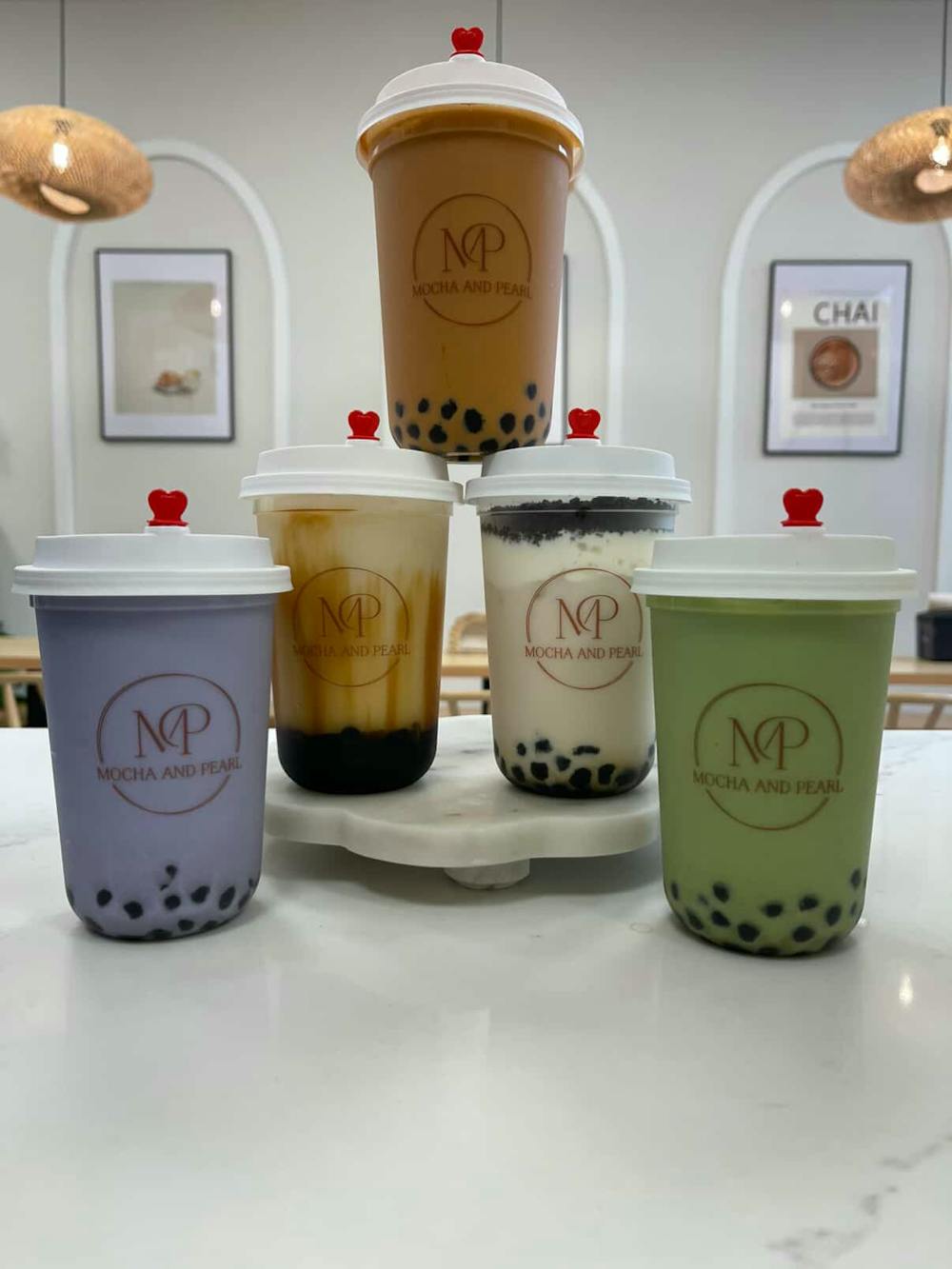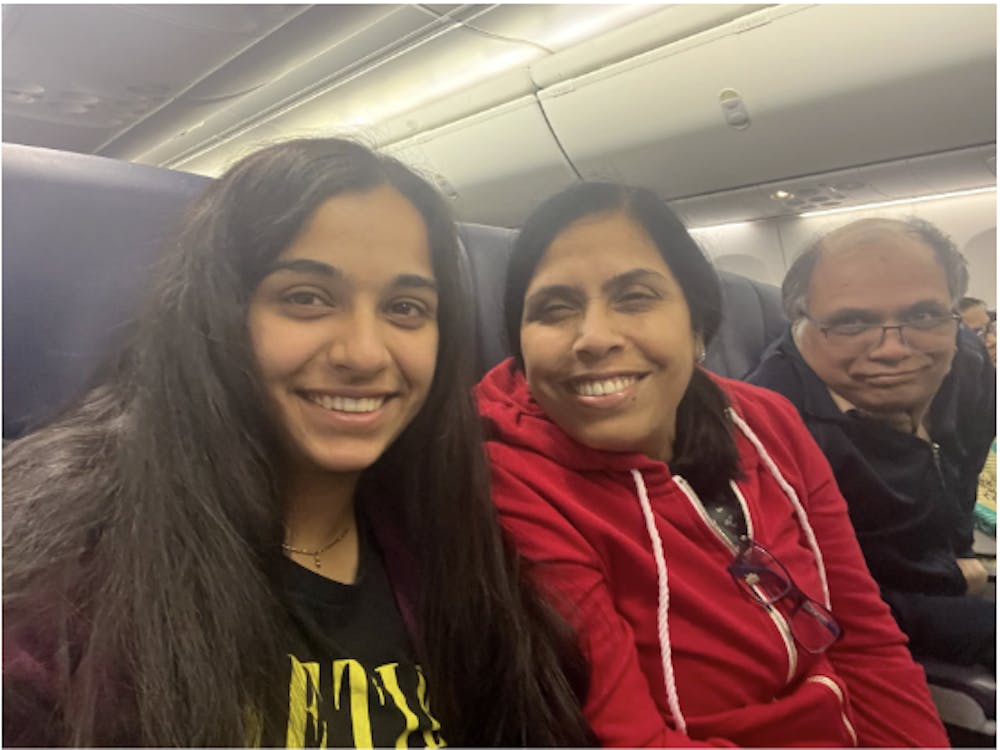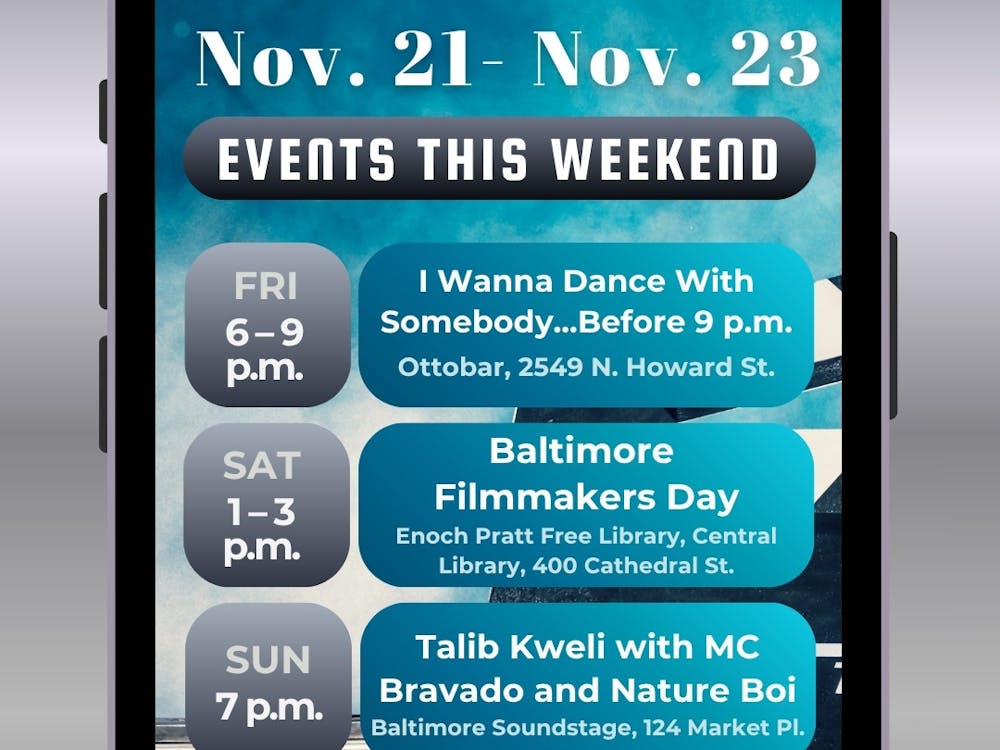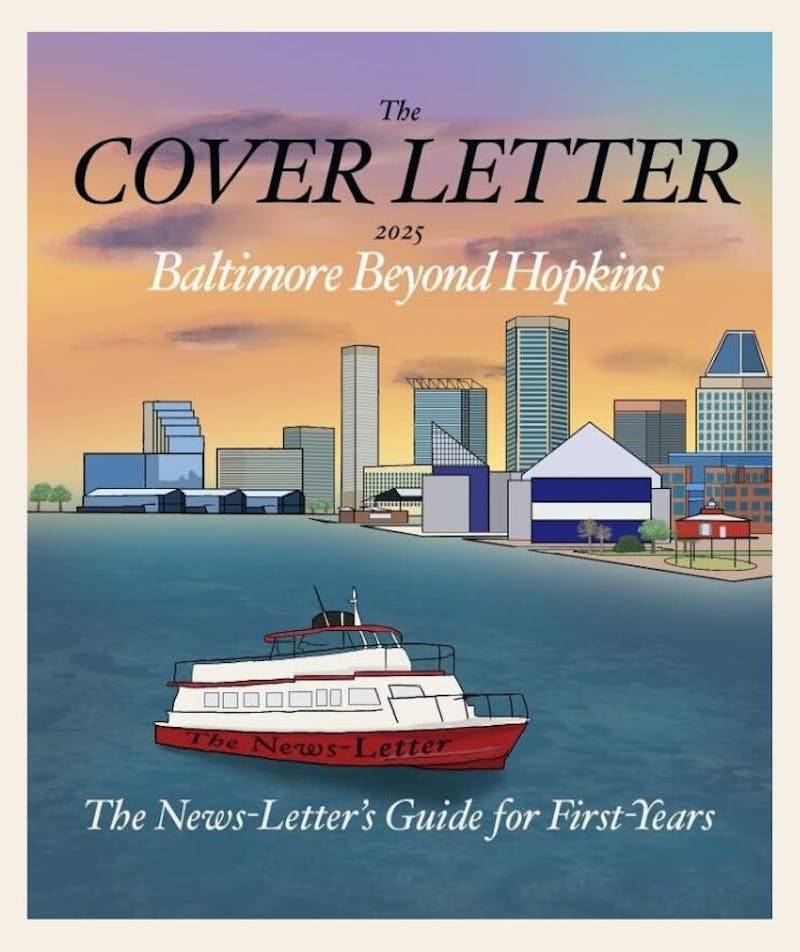Mocha and Pearl was founded by Rojeena Thapa as a place where comfort, creativity and community come together. Nestled inside the DoubleTree beside campus, the shop serves handcrafted coffee and boba drinks that have quickly made it a favorite among Hopkins students. Thapa describes the cafe’s journey in an interview with The News-Letter.
The News-Letter: Can you introduce yourself and share how Mocha and Pearl started?
Rojeena Thapa: My name is Rojeena. I am an immigrant and moved here when I was [a teenager]. I later graduated from Notre Dame of Maryland University with degrees in microbiology and biology. [Running a] business was never something I imagined for myself, but I have worked in customer service. I have always wanted to do something for myself.
My younger brother passed away a ear ago. He always wanted to open a cafe. Mocha and Pearl idea came from him as I wanted to do something to fulfill his dream. I wanted to create a cozy place for everyone. Coffee and boba together felt like the right way to welcome all age groups, not just teenagers who already know boba.
N-L: How did you come up with the name Mocha and Pearl?
RT: Mocha is for the coffee lovers. Pearl is for the tapioca lovers. It is a simple combination of both worlds.
N-L: What inspired you to open your shop in Baltimore, especially near Hopkins?
RT: As a small woman-owned business, I wanted to be smart and careful. Big chains have huge buying power. I needed a space where a small business could still be seen. I spent a year searching for a location with younger crowds since students already understand boba. When I found this space, it was not even listed but it was perfect. Small, cozy and right beside the University. I waited six months for a response from the landlord because I did not want to give up on this spot.
N-L: What has your experience been like running your own cafe?
RT: I took care of many businesses before I opened [this place], so I had knowledge about customer service and how to launch my product. The hardest part was licensing. We had to apply multiple times. Sometimes people do not take you seriously when you are young or a woman. But I was determined and now the cafe exists.
N-L: Beyond reaching diverse crowds, why combine coffee and boba?
RT: My approach is simple. Do not waste good money on something that will not sell. I want to serve every generation, from decaf drinkers to plant-based customers. This first chapter has basic, familiar items, but we are already adding specialties like Crème Brûlée. In the next chapter, I want to introduce cultural flavors like Ras Malai, as well as energy drink bobas. The menu will continue to grow.
N-L: How do you create drinks like the Matcha Majesty or Mountain Chai?
RT: People know matcha well but many misunderstand chai. Chai is not a latte. It is a comfort drink in India, Nepal and Pakistan. I wanted to introduce that in boba form. We also hope to serve traditional chai in clay cups soon so customers can have the real experience.
N-L: What would you recommend to someone visiting for the first time?
RT: If they have never tried boba, I always suggest the classics. If they want something more unique, the Rose Lychee milk tea is my first pick. If they prefer something less sweet, the Dragon Rose is a great option.
N-L: What is the most underrated drink on your menu?
RT: Mango Coco Loco. It is a dark horse. Mango and coconut are tropical and very familiar flavors for me. It deserves more love!
N-L: How do you turn a new idea into a finished drink?
RT: I think about it like chemistry. Everything depends on portion, temperature and balance. I experiment with ingredients, taste them and adjust the recipe. The tea cannot be too strong or too weak and small changes in steeping time affect everything. Getting the texture and flavor right takes time.
N-L: Do you have a personal favorite?
RT: All the drinks are like my children, but Mango Coco Loco holds a special place. It is my youngest child.
N-L: Hopkins students love Mocha and Pearl. How have they shaped your business?
RT: They are our biggest supporters. From the beginning, I told my team to never serve something we would not drink ourselves. Quality matters. A $7 drink should feel worth $7. If a customer does not like their drink, we gladly remake it. I want this place to be a comfort spot students remember even after they graduate.
N-L: Do you have any memorable customer moments?
RT: Yes. On our first day, a group of Hopkins girls came in. One of them asked for something off the menu so I gave her a new drink I had been working on. She tasted it and screamed that it tasted like ice cream. Her reaction inspired me. That drink eventually made it onto the menu.
N-L: How do you continue improving your drinks?
RT: I always ask for feedback. I offer samples to the team at the front desk and I ask customers what they think. Some suggested raw tea blends and health-focused drinks. We are now sourcing teas from India, Thailand and South Africa. We want to introduce blends you cannot find elsewhere, including a “mama to be” tea. Over time, we hope to offer a variety of drinks for every kind of person.
N-L: How do you balance international and local sourcing?
RT: Local products support local vendors and reduce cost but quality must come first. We tested local teas and teas from abroad and compared the results. Sometimes the difference is clear. We are tasting products from multiple states and countries to choose what serves customers best.
N-L: What do you enjoy about Baltimore’s cafe scene?
RT: I love meeting new people. Working behind the counter helps me understand different perspectives. Even something simple like a macchiato varies from place to place. Learning how customers think helps me improve my craft.
N-L: What has been your biggest success and your biggest challenge?
RT: The biggest success was securing this lease. The night the leasing team emailed me, I came here at midnight just to look at the space. Signing the papers felt like a victory.
The biggest challenge has been the economy. I wanted to price drinks in a way students could afford. Rent in a hotel is high. We offer student discounts and game day specials to help. I remember being a student on a strict budget and I want everyone to feel welcome.
N-L: What upcoming events or new drinks are you excited about?
RT: We have an event on Jan. 24 connected to Chainsaw Man. We also started offering dirty sodas, which combine soda, milk and different flavors. We are working on energy drink mocktails too. Every event, even small ones, helps the community learn that we are here.
N-L: Do you plan to expand to other neighborhoods?
RT: Yes, eventually. This is our first year and I want to build a strong foundation. Everything is expensive right now, especially for small businesses. When the time is right, we will open a second location.
N-L: If you had one piece of advice for someone who wants to start a business, what would it be?
RT: Go for it. There will be hiccups. The road is not smooth. You will fall and you have to get up again. If something is not working, do not waste your time or your money. Either find a way to make it work or change your path. I learned that the hard way. I worked in biotech after graduating and loved science but the work environment did not feel right. I did not want to wake up dreading my job. So I left.
Here, even on slow days, I feel happy. This place feels like mine. Success will come. Believe in yourself and remember that it is never too late to change your ideas or start again.
N-L: And finally, what do you hope every customer feels when they leave Mocha and Pearl?
RT: Happy and satisfied. I want them to feel their hard-earned money went to the right place. If something is off, whether the boba texture or the sweetness, I want them to tell us. We make our boba fresh and sometimes timing or temperature can be a little off because we are human. We learn from our mistakes every day. We will always fix what needs fixing. That is what matters to me.





